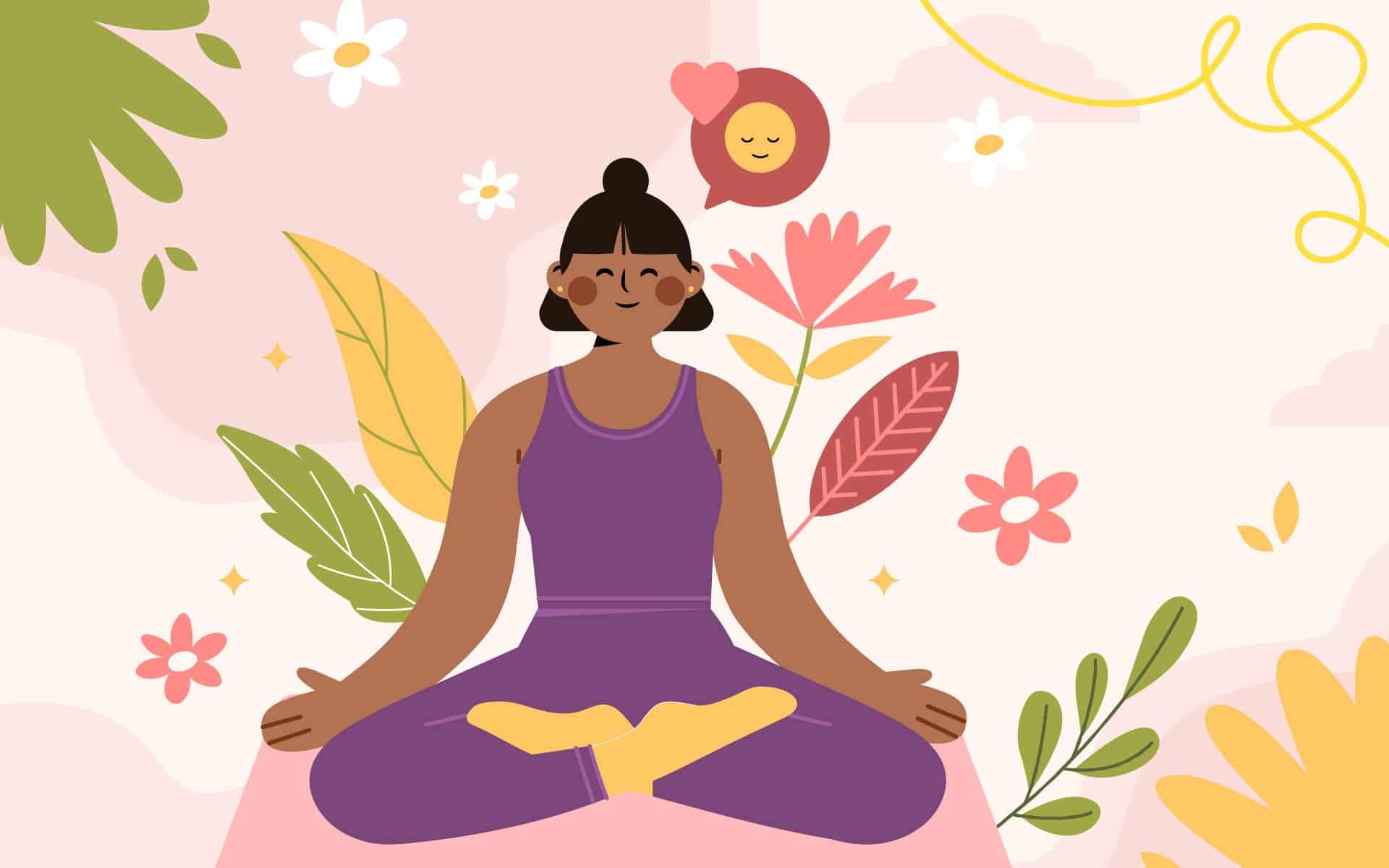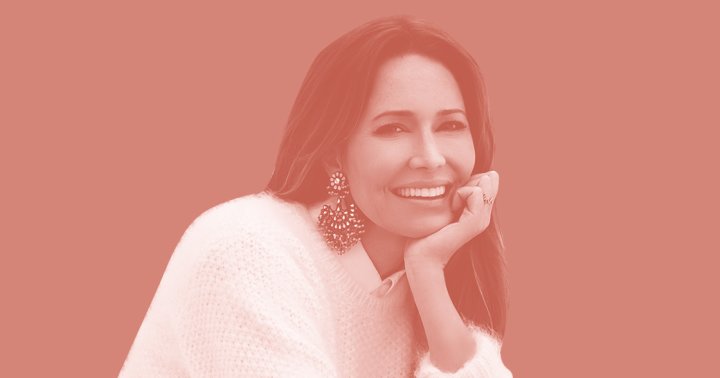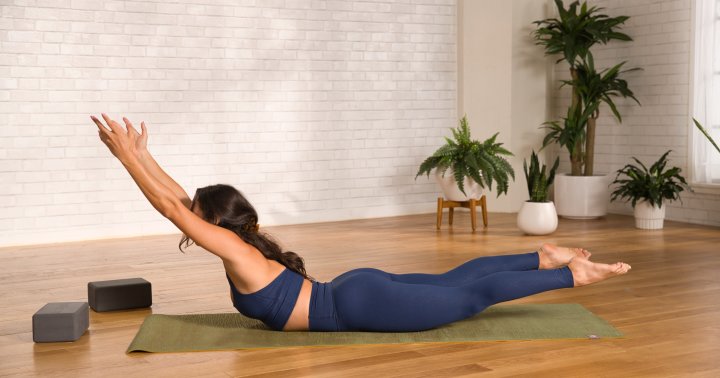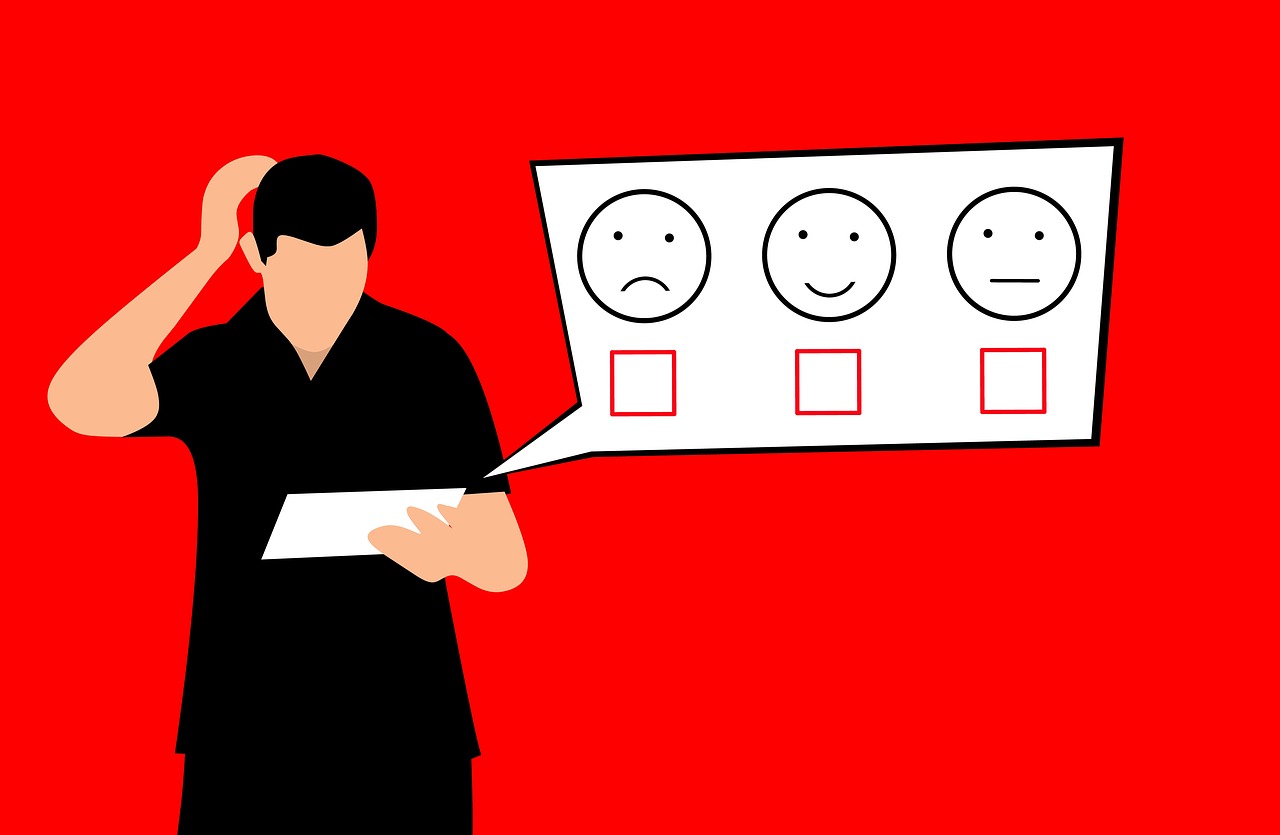The Potential (and Pitfalls) of Yoga and Meditation for Mental Health
In her new book, All in Her Head: How Gender Bias Harms Women’s Mental Health, science writer Misty Pratt evaluates research and offers advice on trying yoga and meditation to support mental well-being—including why it’s important to adapt these...

If you’ve never received advice to just do yoga and meditate for your mental health, congratulations, because you are probably one of only a handful of people who have avoided this suggestion (and maybe you live under a rock?). After experiencing a mental health crisis in my teens, I was told time and again to “do yoga and breathe deeply,” and I found the advice to be annoying and simplistic. If yoga and meditation worked, wouldn’t I have seen some improvement in my symptoms? Little did I know that these practices take years to master, and many people do indeed experience a mental health boost over time. The key may be finding the right kind of practice, because they’re not all equally effective for every individual.
I started my first yoga class at a local community center, during the time of my teenage breakdown. I can’t remember the teacher’s credentials or what flavor of yoga she was teaching, but I know it mostly focused on a single “limb” of yoga called “asana.” This is the physical practice that most people encounter in a typical yoga class in the West, and it includes poses like the downward dog and cat-cow. As I would later discover, the other limbs of yoga are meant to guide the participant down a path to freedom and enlightenment and involve much more than shaping your body into an ideal posture. The roots of the practice extend well beyond the mat to encompass morals and values and wide-ranging practices of health and education.
Yoga and meditation are cultural and religious practices, but in the West, they have also come to serve a growing number of people seeking both fitness and a way to cope with the stress of modern life. In my twenties, I took my first Mindfulness-Based Stress Reduction (MBSR) program, a course created by Jon Kabat-Zinn, a professor of medicine who adapted Buddhist mindfulness teachings for North Americans. Kabat-Zinn has received criticism for Westernizing traditional Eastern practices, but he has always maintained that his program is “anchored in the ethical framework that lies at the very heart of the original teachings of the Buddha.” It also, he contends, provides an important opportunity to address the many sources of pain and suffering in our modern world.
I was told time and again to “do yoga and breathe deeply,” and I found the advice to be annoying and simplistic.
My course was led by a psychotherapist and mindfulness teacher, who collected before-and-after measures of depression and anxiety symptoms. MBSR involves a weekly two-and-a-half-hour group class, daily meditation and yoga practices, and a full-day weekend retreat. I stuck to the program religiously, and after eight weeks, the results that my teacher shared with me were indeed significant—where I had previously rated my mood and functioning as poor, many of those scores had shifted to the more positive end of the scale after completing the program. (Participants’ results have not been published, as they were meant to be shared only with participants and their physicians; however, my teacher, Bill Knight, did share a cost-effectiveness study with me, which showed that MBSR participants had lower health care utilization one year after the program was completed.)
Almost twenty years later, I still feel the positive impact that this course has had on my mental health. MBSR laid a solid foundation for the rebuilding I needed to do, and it was the first time I practiced embodiment—learning how to just be in my body and work with moment-by-moment awareness of my bodily sensations and my thoughts. I consider it my starting point when I look back on my journey of healing.
In my work as a freelance writer, I became interested in the science of mindfulness, which has seen exponential growth since the earliest Western publication in the mid-1960s. The body of literature suggests that mindfulness can be beneficial for a range of physical and mental health outcomes, though the majority of this scientific work comes from the West. In a recent trial comparing a common antidepressant (escitalopram, or Lexapro) to MBSR, the researchers found that mindfulness was just as effective as the drug in reducing anxiety, and came with fewer side effects.
The Gift of GABA: Does Yoga Have Benefits for Anxiety?
The science of yoga has experienced a similar proliferation. Heather Mason, founder of the Minded Institute, a yoga therapy training program for professionals who work with people with mental and physical health conditions, tells me about a study that suggests that yoga can increase GABA levels in the brain and improve mood and anxiety. (GABA is a neurotransmitter that can lessen a nerve cell’s ability to receive or transmit signals to another cell.) Compared to a randomly assigned group who went for a walk three times a week, the people practicing yoga postures over twelve weeks reported greater improvement in mood and a decrease in anxiety. There was also a stronger relationship between the yoga group’s mental health benefits and GABA levels (measured using an imaging technique on one part of the brain), which means they found a correlation between better mood and increased levels of GABA.
Compared to a randomly assigned group who went for a walk three times a week, the people practicing yoga postures over twelve weeks reported greater improvement in mood and a decrease in anxiety.
Mason says that GABA helps to inhibit neural pathways associated with fear, and people with anxiety have low GABA levels (which could be why we have a more fearful response to stressful situations). Other research has assessed possible biomarkers that could predict clinical improvement in people with psychiatric disorders who participate in yoga, and results are promising.
An older meta-analysis from 2011 included ten studies on yoga therapy; the result was significant for yoga-based interventions (compared to a control group) in the treatment of major psychiatric disorders. However, the review did not assess the quality of the trials, and some of the studies included participants who had not been diagnosed with mental illness. The control groups were not well reported, so it’s hard to tease out what yoga was being compared to. A more recent review that did assess study quality found that yoga may be beneficial as a stand-alone or complementary therapy in the treatment of depression, but the effectiveness of yoga for PTSD was unclear. Taken together, we can say that these are promising results, but the field could really benefit from well-designed and higher-quality trials, which would help convince the medical community to embrace yoga’s potential.
Finding Your Way Into Yoga and Meditation
There are hundreds of different yoga and meditation programs, workshops, or apps available to people who live in Western countries, and finding the best fit can take some trial and error. One of the critiques of Westernized forms of yoga and mindfulness is that they can be elitist, pushing away groups for whom these practices are part of their religious traditions. In an article for Vice, Kendra Surmitis, a professor of counseling at Prescott College, says that she tries to educate people on the roots of the mindfulness practices they’re exploring. Requesting “the mentorship or support of someone who is most familiar with the background of the practice,” she says, can assist interested practitioners “in truly understanding the history of the practice, its spiritual relevance, and how this ought to be communicated to the larger population.”
For those who are new to mindfulness and meditation, seeking out a trained teacher who can answer questions and guide you through any difficulties can be supportive. Most cities in North America have meditation centers that provide classes on a donation basis or offer bursaries for courses like MBSR, which expands the accessibility of these programs.
For women especially, how we pay attention to our physical selves and move our bodies—the specific setting and practice—has a profound impact on how we integrate that knowledge as we seek emotional well-being. Given the high rates of trauma and sexual abuse that women have experienced, it may be a good idea to scope out yoga and meditation courses where the teacher has specific trauma-related training.
For women especially, how we pay attention to our physical selves and move our bodies—the specific setting and practice—has a profound impact on how we integrate that knowledge as we seek emotional well-being.
I went on to take other courses in meditation and yoga, some of which were based in cultural traditions and others that were very much Westernized versions. At times, I struggled with being told exactly how to practice mindfulness, through long periods of sitting on a cushion, keeping my eyes closed, and becoming peacefully aware of my body and surroundings. Likewise, some yoga classes felt more like intense exercise and led to pain and injury rather than the peace and balance I was seeking.
During an appointment with my therapist, I discussed the conflicted relationship I had with yoga, and I used my experience with the happy baby pose as an example. This yoga pose asks you to lie on your back and grab hold of your toes, just like a baby on the changing table. The pose used to make me angry and tearful, and I had no idea why. My reaction was maybe related to my inflexibility thwarting my desire to force myself into the same posture as everyone else in class; or maybe it was something else that I had yet to learn or acknowledge about myself. Either way, it was not a posture that I enjoyed, and I ended up feeling vulnerable and afraid.
After I described all this, my therapist asked me why I couldn’t just do a different pose or get up off the mat and go for a walk. I stopped to think for a moment and asked myself why I felt compelled to stay in a position that clearly wasn’t working. My therapist helped me to realize that I am in control; no one can force me into an uncomfortable position, and I didn’t have to subject myself to something that didn’t feel safe.
Make the Practice Your Own
Yoga and mindfulness continue to play an important role in my own well-being, but I no longer follow a class blindly without regard for my emotional and physical safety. If a movement feels wrong or hurts, I stop. This is easy to do at home, but in a public class, I still get that strong urge to follow the crowd. I’m learning to acknowledge my bodily autonomy and work through those feelings of wanting to please the teacher or keep up with the class. More often than not, I am able to stop myself and lie quietly on my mat while the rest of the class finishes their posture.
I have branched out from these practices to find other forms of body movement, some of which don’t subscribe to any one tradition or culture. Dance classes like Zumba have been enormously fun and healing for me, and I enjoy doing them in settings that are inclusive of all body types, all genders, and all levels of coordination. I practice mindfulness now throughout my day, tapping into my breathing and bodily sensations while I complete mundane tasks like washing the dishes or folding laundry. I still do the occasional meditation “on a cushion” when I think my body could benefit from some dedicated quiet time, but I’ve learned to listen to my own intuition on what feels right in the moment. Giving myself the freedom to choose parts of different traditions and piece together my own style of practice has been a better way for me to learn to trust my body and understand what it needs at different moments of my life.
Adapted with permission of the publisher from the book All in Her Head: How Gender Bias Harms Women’s Mental Health, written by Misty Pratt and published by Greystone Books in May, 2024. Available wherever books are sold.

 Troov
Troov 
































